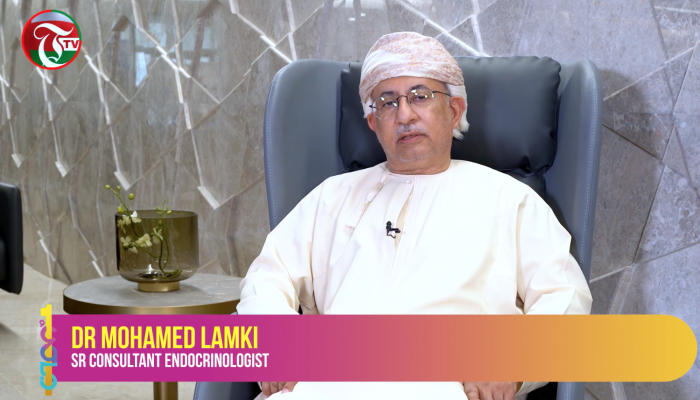
Muscat: With many hospitals and clinics closed to all but COVID patients during the peak of the pandemic, telemedicine helped doctors reach out to their patients who were in urgent need of medical care for other ailments, as well as those suffering from chronic illnesses.
Dr Mohammed Lamki, a senior consultant endocrinologist in Oman, shed light on how telemedicine helped bridge the gap between doctor and patient during the pandemic, and called it a sustainable way to take medicine forward in the future.
“We had to shut down most of the services during this period, especially clinical services related to elective patients,” he said, referring to the peak of the pandemic in Oman. “The doctors came up with a sustainable and clever idea to set up telemedicine services. This is a very new idea to the Ministry of Health, so it did have a lot of challenges.”
He added: “we had to come up with a system to reach the masses both outside and within Muscat. We did have the support of the telecom companies, but they could not fulfil most of the facilities we wanted, so we had to use a landline, without visual capabilities.”
The biggest challenge in the way of telemedicine services in which doctors and patients could see each other through videoconferencing came in the form of legislation: Audio-visual access requires legislation to protect patients’ rights, as well as those of doctors, in case misdemeanours occur.
“What we did is to come up with a format in which a doctor introduces themselves to patients who require follow up,” explained Lamki. “We would say our names as well as where we were working, and ask the patient for which hospital they wanted to connect with, while asking them to provide their ID card details. This helped secure medical confidentiality.
“We found that we were able to help more patients this way, as compared to conventional processes,” he went on to say. “Yes, it was tiring, but this looks to be a sustainable way to help patients, especially since we were able to provide them results in 24 hours. Such a platform, if maintained, with visuals, will make our work even better.”
Dr Lamki added that document recently put up by Deloitte spoke about the state of hospitals in 2040 and beyond, and telemedicine, if used correctly, can definitely provide the way forward.
“If you put one pound into this investment, you will get back five pounds,” he explained. “Not only that, you can also reach out to patients in their homes, without requirement for them to come to the hospital. For patients who are in pain, coming to a hospital can be torture, because they need to wait for the doctor, wait for their x-rays, wait for the medicines, and so forth.
Telemedicine also helped pregnant women do tests at home, without them requiring to come to the hospital.
“Can you imagine that I have pregnant women who do their tests in the comfort of their houses, and then send me the results electronically?” said Lamki. “Doctors here have a call centre, where they receive data from patients and provide diagnosis in a timely manner, saving the patient a lot of money and time.
“Not only that, we can also learn from security and banking systems by updating telemedicine services, using the chip in our ID cards, or providing a barcode along with our reports that can be viewed by any doctor around the world.
”Instead of investing a lot of money in cement, building humongous hospitals, which are sometimes very difficult to sustain, putting money into technology to help streamline healthcare will improve medcinie and diagnostics,” he said.
“COVID has had its downfalls, but it has also brought us many lessons from which we can learn, and many ideas with which to engage.”